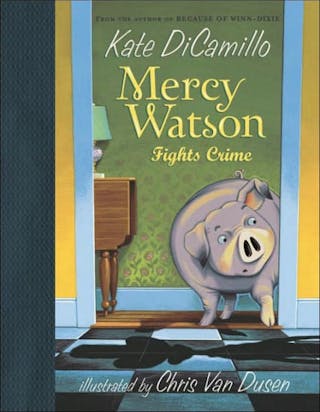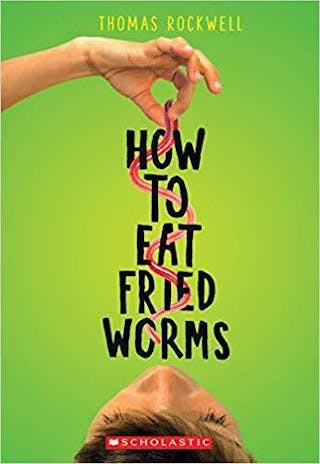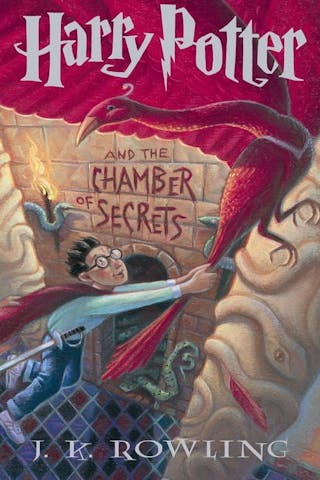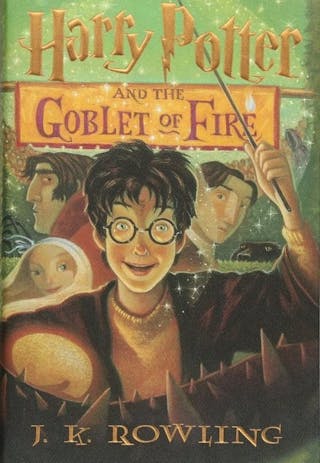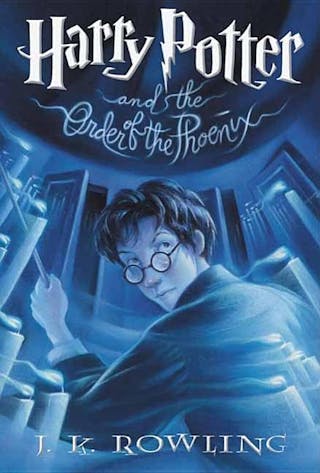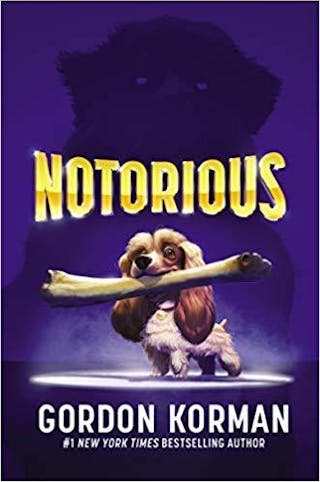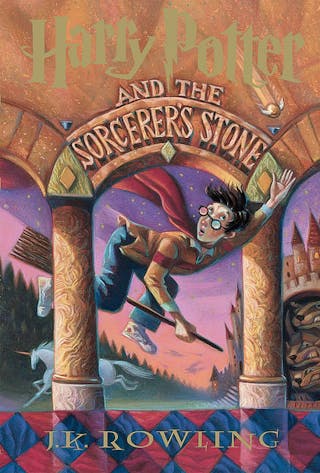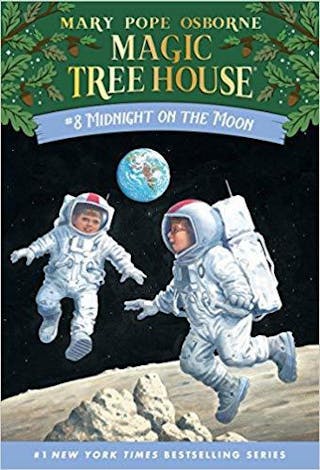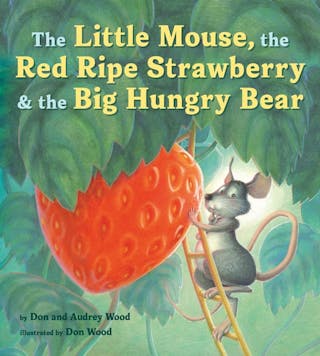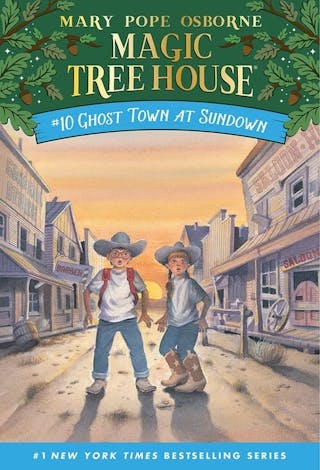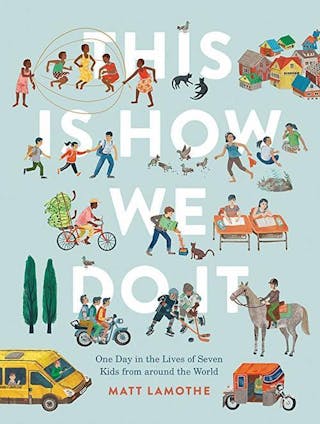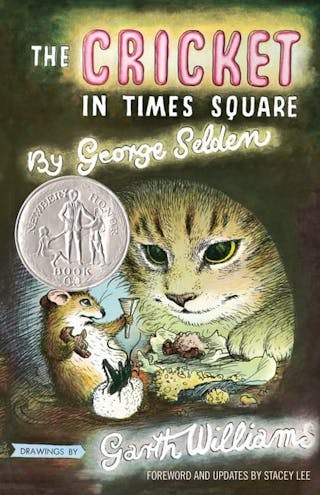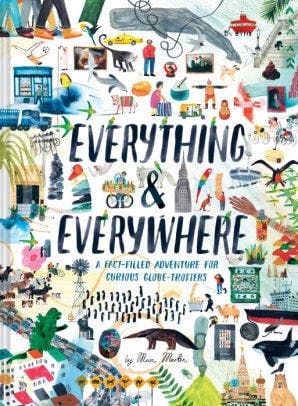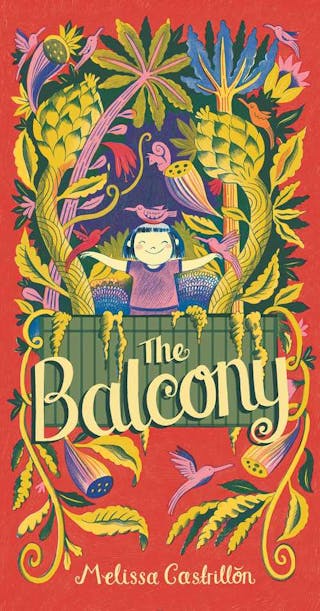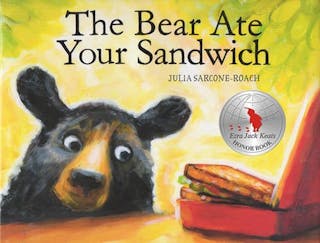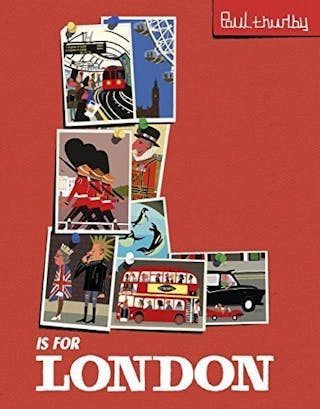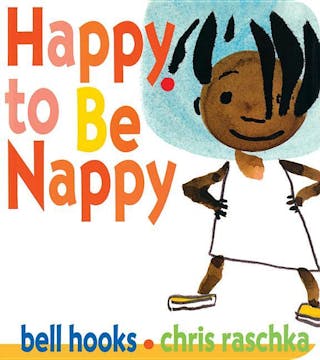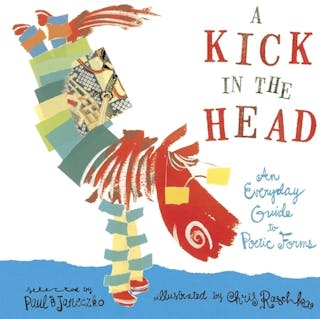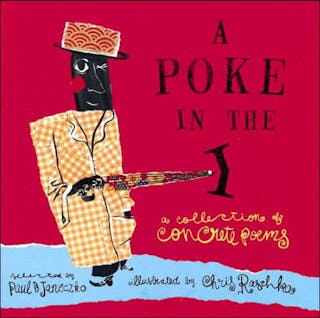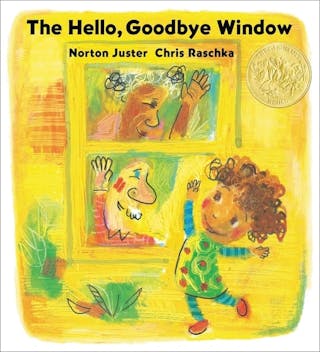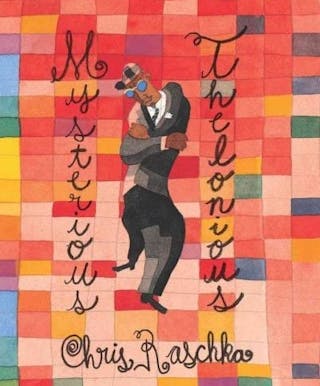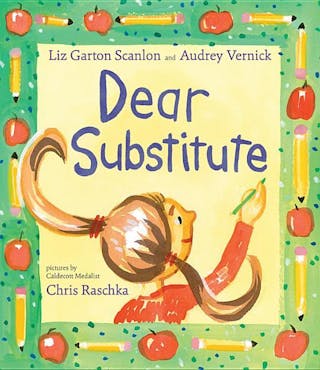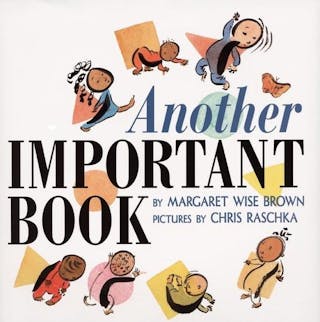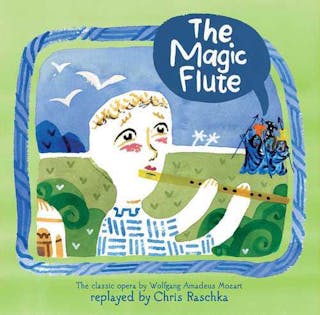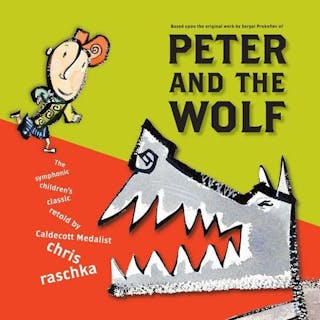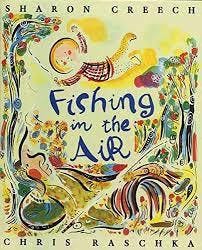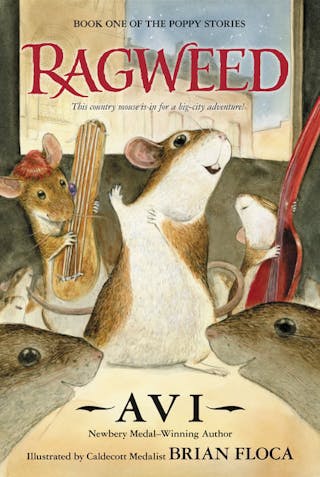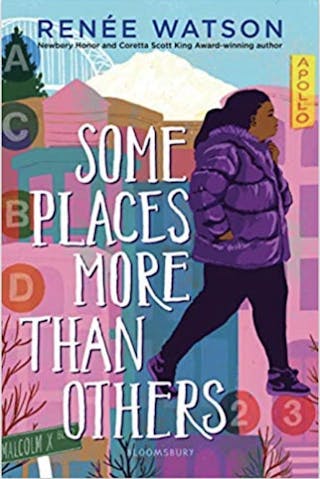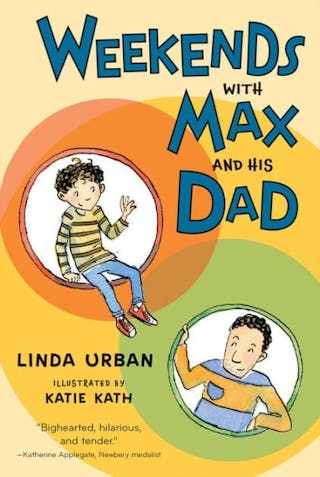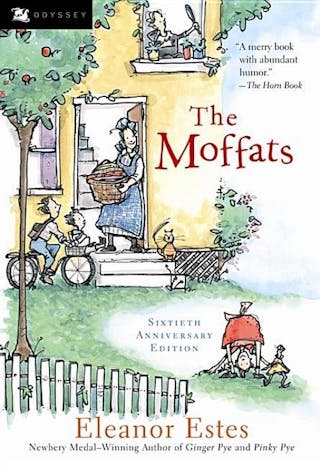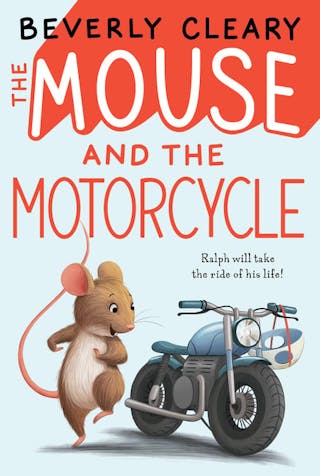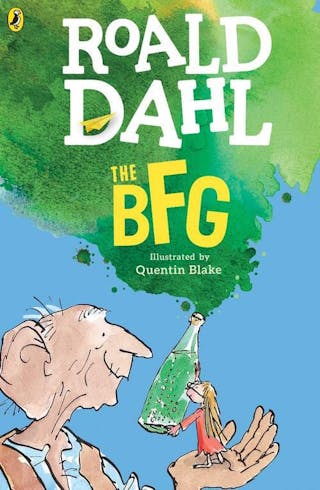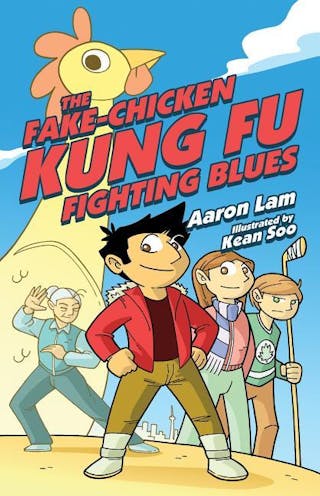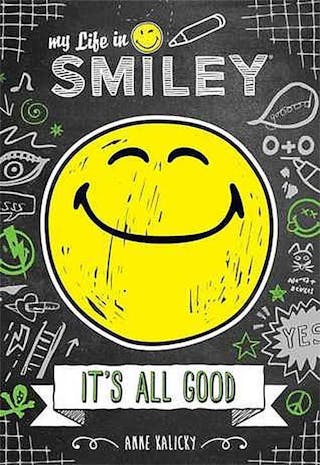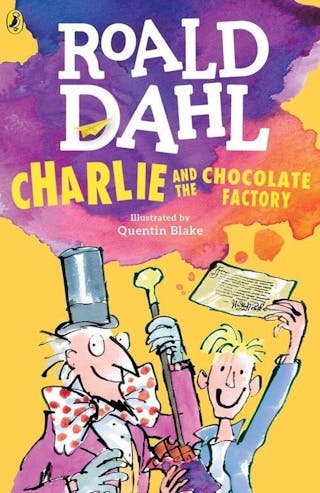

Doorman's Repose
What's Doorman's Repose About
Step into New York City’s 777 Garden Avenue, the building where Chris Raschka’s charming and funny The Doorman’s Repose takes place. Filled with unforgettable characters that bring the city to life, this book is perfect for anyone who has ever wondered what happens in those big, storied New Yor apartment buildings. Some of us look up at those craggy, mysterious apartment buildings found in the posher parts of New York City and wonder what goes on inside. Now in paperback, The Doorman’s Repose collects ten stories of the doings of 777 Garden Avenue, one of the craggiest. The first story recounts the travails of the new doorman, who excels at all aspects of his work except for perhaps the most important–talking baseball. Other stories tell of a long-forgotten room, a cupid-like elevator, a poisoned boiler, and the unlikely romance of a cerebral psychologist and a jazz musician, both mice. Because the animals talk and the machinery has feelings, these are children’s stories. Otherwise they are for any child or adult intrigued by what happens when many people, strangers or kin, live between shared walls and ceilings, under one high, gargoyled, turreted roof.
What Kind of Book is Doorman's Repose
Reviews
Book Lists That Include Doorman's Repose
The Creative Behind the Book
I’m sometimes asked about my general approach to illustration, which has over the years come to be described as minimal. Hmm, I’m not sure minimal is such a complimentary term, but I’ll accept it. I wasn’t always minimal. In the early days I was laying it on as thickly as I could, trying very hard to get it right. But I found that the harder I tried, the more tired whatever it was I was working on looked. And then I grew tired of it as well. “There is too much sweat in it,” is how my friend, the artist Vladimir Radunsky, would put it. Perhaps he means that there has been an imposition of too much of my will upon the material with which I was working. It is an offhand remark of Wordsworth’s that helped me when I needed a new way to move forward: “The matter always comes out of the manner.” How you say something has direct bearing on what you say. So, if you labor heavily upon a work of art, then part of what you are saying is, this is a heavy work of art. If you happen to be trying to say something about lightness, then the art should be light as well. It is much the same with food. There are heavy meals and light meals. There are sauces that contain endless lists of ingredients, and there are sauces that contain only a few but in exquisite proportion. Does an apple taste best bitten directly into, sliced thinly with a light squeeze of lemon, or baked for an hour with nutmeg, sugar, cinnamon, flour and egg whites? Maybe the answer is that there is a time for all of those things. My answer in my illustration has been to allow the materials to speak as directly as possible. I want each and every entire brushstroke to be seen. I want the marks made by the tip of the brush to carry as much meaning as the marks made by the dragging tail end, the part that splits open as the paint pulls away, thins and dries. I want each brushstroke to have a beginning, a middle, and an end, a story in itself and a life in itself. Then the life of this brushstroke can wrestle with the life of the brushstroke next to it. There is enough action there between two brushstrokes for a little story. And what happens when the next brushstroke comes in a different color? It could be epic. Of course, if it’s just brushstrokes wrestling around, it isn’t much of a picture book is it? There still has to be a picture. And maybe it needs to be a picture of a dog named Daisy or a little girl riding a bike. So I have to be careful before I get too carried away in the manner itself. In the end, this is how it goes in my books. There are always two stories happening: one is me having fun watching brushstrokes wrestle, and the other is the story told in pictures and words on a page. It may be minimal, but it’s enough for me.
What Has Chris Raschka Said About This Book
Nothing yet! Let Chris Raschka know that you want to hear from them about their book.
More Books by Chris Raschka
Other Books You Might Enjoy If You Liked Doorman's Repose
Book Details
- ISBN
- 9781681377902
- Publication Date
- April 2, 2024
- Publisher
- NYRB Kids
- Page Count
- 184
- Reading Age
- 8 - 12 years
- Lexile® Level
- 910L
- Est. Fountas & Pinnell Level
- ~V
- Est. ATOS® Book Level
- ~5.9
Contribute to this page
Are you the author or illustrator? Claim your book.
